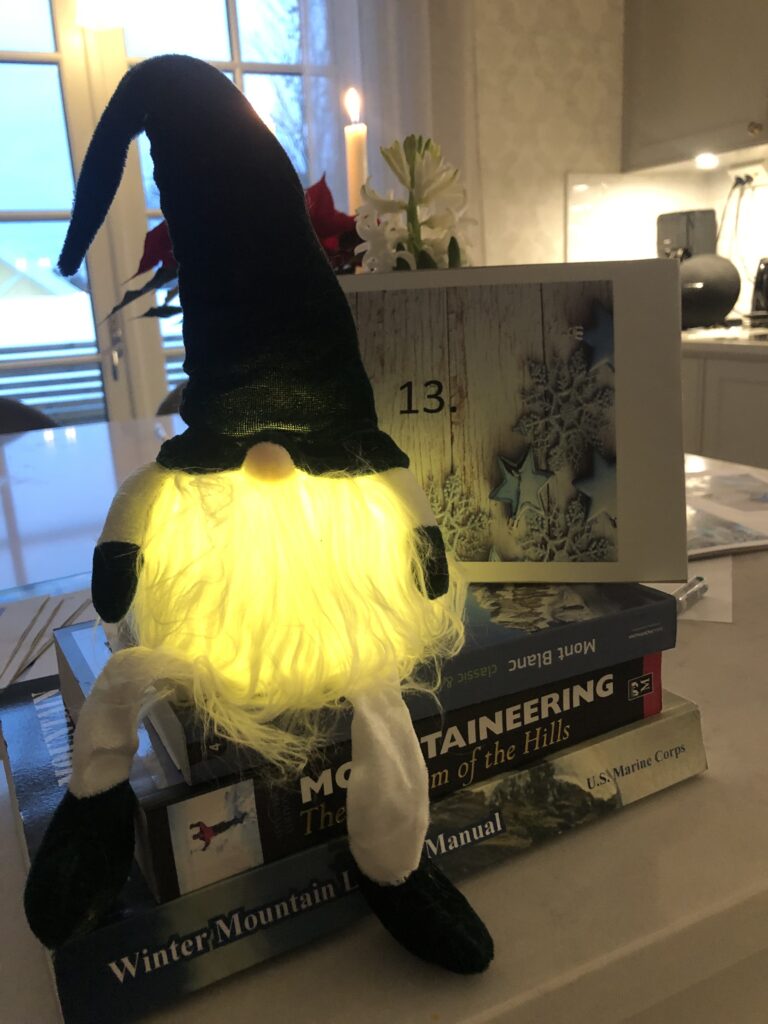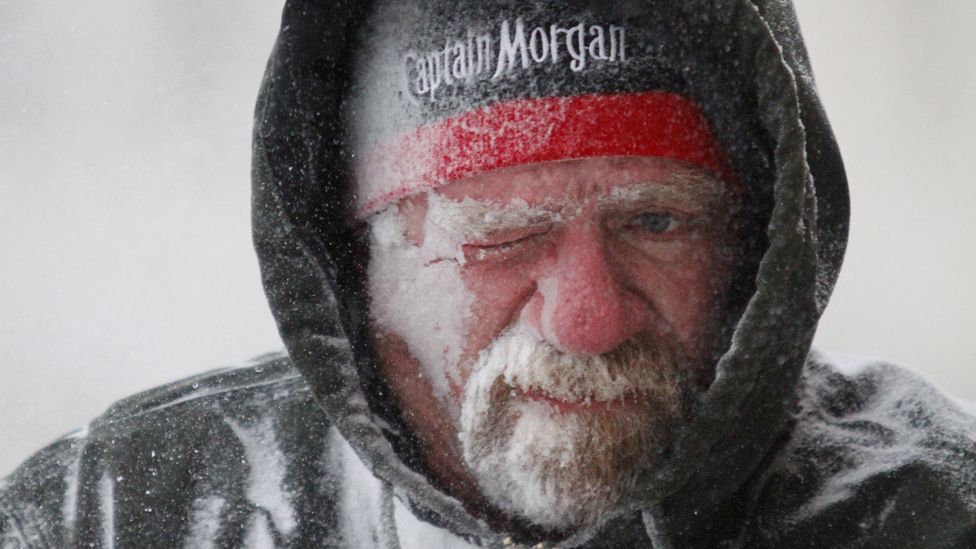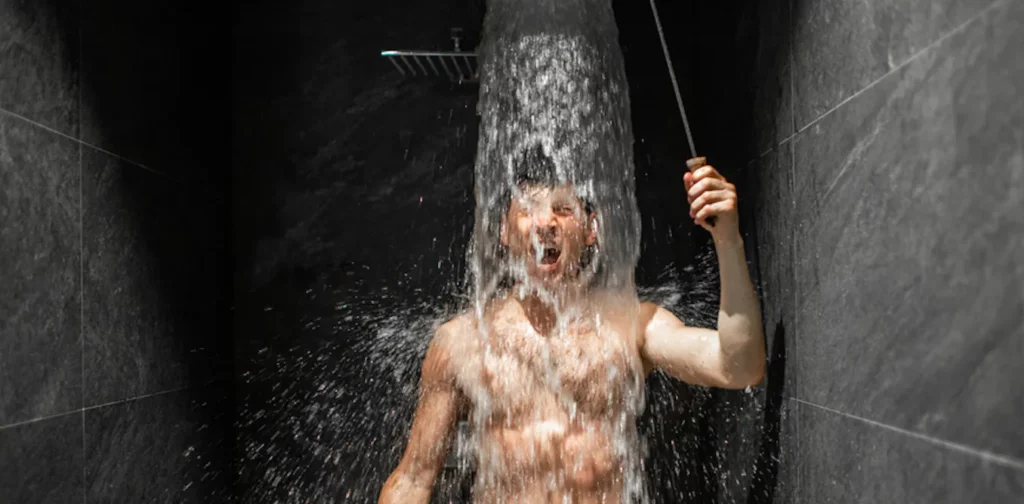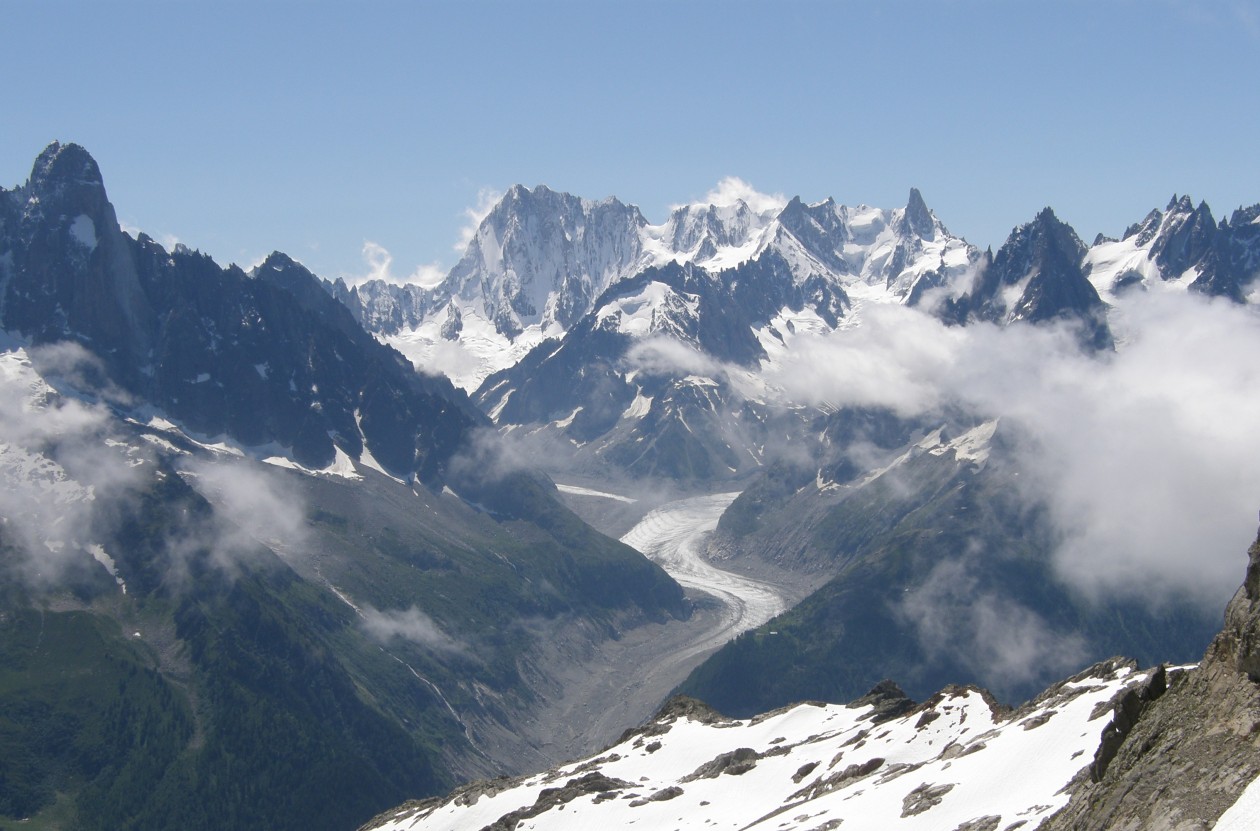
How does the cold affect the human body? To begin with if it is starting to get cold the body starts to shiver. This means that the muscle starts to contract. The blood flow in the outermost layer closes down, meaning the blood vessels closing down for decrease the heat loss from the surroundings. But there is also another heating system in the human body, which implies that the metabolism increase without the shivering. Both of this starts when the surrounding temperature decrease. This meaning that you still can keep the body heat in the “core” stable in a cold environment within certain limits if you have enough energy intake. It is when the “core” temperature starts to sink, we will get in trouble. When it goes under 35 degrees we suffer from hypothermia. If it sinks so low as 30 degrees we risk to die. With little muscle mass, small amount of body fat and poor circulation we get more affected of the cold.

Is it possible to acclimatize for the cold? It was a research team in U.S Army who found out that if you spend two weeks 8 hours every day, in 10 degrees you stop shivering. In a small study in 2014, a group of healthy men spend 3 hours a day sitting in a bath with 14 degrees. At the start of the 20-day study, the men did a lot of shivering, which is the human body’s initial response to cold. Their heart rates and metabolisms sped up, generating heat. At the same time, their blood vessels narrowed and drew back from the surface of the skin, causing skin temperature to drop. Basically, the men’s vascular systems clenched—pulling blood toward their warmer interiors in an effort to escape the exterior cold. But by Day 20, much had changed. The men’s shivering had more or less stopped. While their metabolisms and heart rates still sped up in response to the cold-water bath, their blood vessels no longer constricted and their skin temperature didn’t drop the way it had before. The men reported less discomfort during their chilly baths. At the same time, their blood samples contained fewer markers of cold-induced stress and immune-system activity. It appeared their bodies had gotten used to the chill. the human body seems to achieve acclimatization through a mix of different internal adjustments, which people can either encourage or suppress depending on their behaviors. There’s evidence that a particular type of fatty tissue, known as “brown fat,” may help the body generate heat in response to persistently cold conditions. “Chronic cold exposure somehow activates brown fat, which we know undergoes dramatic seasonal changes,” says Shingo Kajimura, a professor in the Department of Cell and Tissue Biology at the University of California, San Francisco. Kajimura says newborns have a lot of brown fat, which helps them stay warm because they lack sufficient muscle to shiver. While it was once thought that people lost their stores of brown fat as they grew out of infancy, research has found that parts of the adult body—specifically, the area around the upper spine and neck—either retain brown fat or generate new brown-fat tissues in response to cold. The placement of this brown fat is important. Kajimura says that temperature perception is monitored by the brain, which detects the cold in part by noting the temperature of blood flowing into it through the neck. “That’s why putting a scarf on makes you feel warm,” he says. By warming the neck and the blood flowing through it, a scarf “tricks” the brain into believing it’s warm—just as a cold cloth on the neck can help the brain cool off in summer. It’s possible that, in response to regular cold exposure, brown fat in the neck area both forms and becomes more active, keeping us more comfortable at colder temperatures. Adjusting your thermostat down by a few degrees, shedding layers, and spending more time outside in cold conditions—basically, anything that causes you to shiver—will help your body acclimate to the cold, Brazaitis says. If you can induce shivering a few times a day, you’ll begin to feel more comfortable in colder temps after just one week, he says.

Spending time in a cold shower or in other cold environments is safe for most—and may even confer some health benefits. But people at risk for heart trouble need to be cautious. “The first thing that happens when you’re exposed to cold is your blood vessels constrict and blood pressure goes up,” Castellani says. And so exposure to the cold—especially extreme cold, like jumping in an icy lake—can trigger a heart attack or other problem in people who have heart disease, he says.
Ask The Mountains Vangelis – YouTube
See ya tomorrow…
